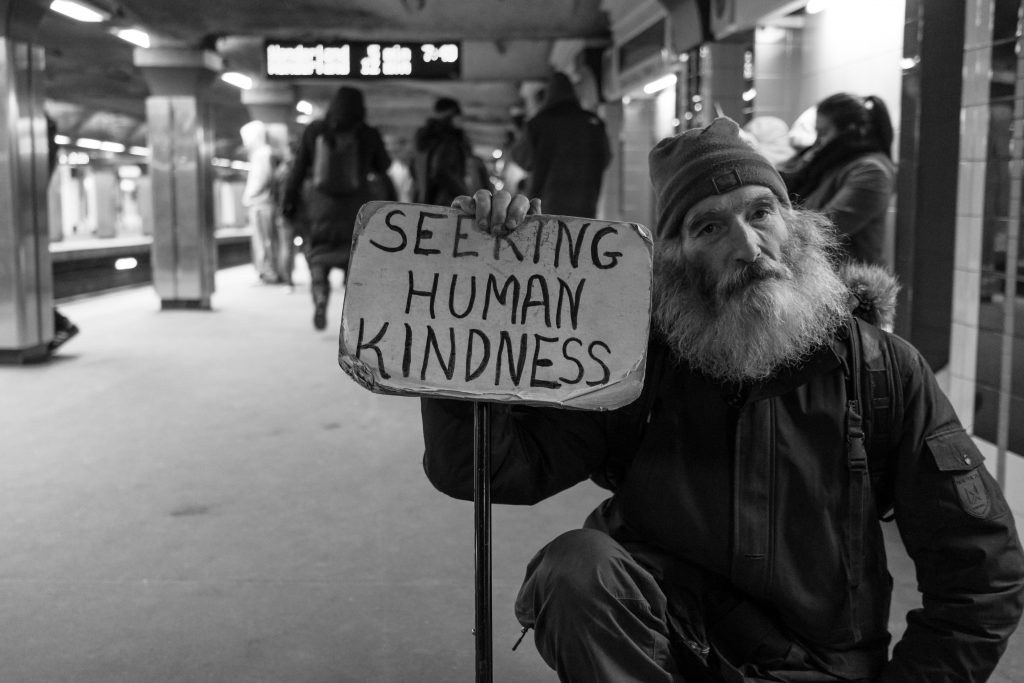The 15th Conference of the Italian Society for Migration Medicine took place in Catania from April 18th to April 22th. The title was “Dynamics of health and migration: between continuity and new needs”. The conference program was rich in contents and stimuli, and was a multidisciplinary and multiprofessional platform to exchange practices, ideas and field experiences. It was an opportunity for health workers, researchers and academics, operators and educators working with immigrants, activists, volunteers and common citizens, to come together, reflect and learn about “the health of immigrants” and engage in its promotion and protection.
The title of the conference encouraged to move beyond the “emergency approach”, which often leads to consider simply the emergency dimension of migration, while forgetting the 5 millions of immigrants that have been living and working for years in our country. It is necessary, on the contrary, to understand the “new needs” and move away from a debate centred on the emergency, as a starting point and an opportunity to rethink the organization of the whole health systems and models of care, towards a new definition of the concept of health, centred on PHC, on health promotion and on territorial and community dimensions, with attention to migration as well as to marginality and inequality.
Together with some residents in public health from different Italian universities, we created a working group on migration medicine to address the gaps we perceived in our knowledge on the subject. The group was established as a subgroup of the Inequality Working group of the Italian Hygiene Society Committee of Residents, in collaboration with the Regional Immigration and Health Groups (GrIS) of the Italian Society for Migration Medicine (SIMM). We share the belief that, as future public health professionals, we cannot afford to lack the competences which are necessary to face and interpret this phenomenon, which is central in the current Italian and global debate.
Asylum seekers are refugees who have left their country of origin and have applied for asylum. Italy recognizes and guarantees international protection and healthcare coverage for asylum seekers. The process to apply for and be granted a residence permit may require months, and in both phases they could potentially find themselves without healthcare coverage. Each region has its autonomy in the application of national protocols. This regional autonomy is associated with different waiting times for the acceptance and formalization of the request for international protection, and this leads to discrepancy and discretion in healthcare access for asylum seekers between their arrival and the formalization of the asylum application.
We are realizing a study that we presented at SIMM conference. We wanted to describe the policies (law, regulations…) of the different Italian regions and the gaps between policy and practice, and to map the different practices, in order to highlight similarities and differences. Our goal is to investigate any inequalities between protocols and daily practices, and to deepen our understanding of the issues related to the assistance paths activated immediately after the arrival of the asylum seekers. Preliminary results show differences among regions and single Local Health Units (LHUs) as well as fragmentation of the pathways of care following the first contact with the health system.
It would certainly be useful and interesting to extend the study outside of Italy, to the European context, thus including other countries. Migration must necessarily be read as a complex, interconnected and global issue, and consequently also the analysis of policies and practices can not be limited to a small geographical area.
In this, the quality and strength of the work, as well as the potential transformative power, would be positively affected by the possibility of creating a European network of resident students, who deal with the issue of migration medicine to compare approaches and identify new ways to interpret the complex reality we are trying to describe.
Through the history of Public Health, we have a duty to try to change the world for the better, because anything is possible if someone dreams about it.
_________________________
References
Società Italiana di Medicina delle Migrazioni – https://www.simmweb.it/
_________________________
Chiara Milani
Public Health Resident
University of Firenze




